This smart dog definitely understands English and answers the question, even if it isn’t honest.
Top 10 Related Dog Videos
1.
 Atena is the third dog to try the challenge and she panics and picks up an obstacle. Her reaction is hilarious to see. Are cats ... Read more
Atena is the third dog to try the challenge and she panics and picks up an obstacle. Her reaction is hilarious to see. Are cats ... Read more2.
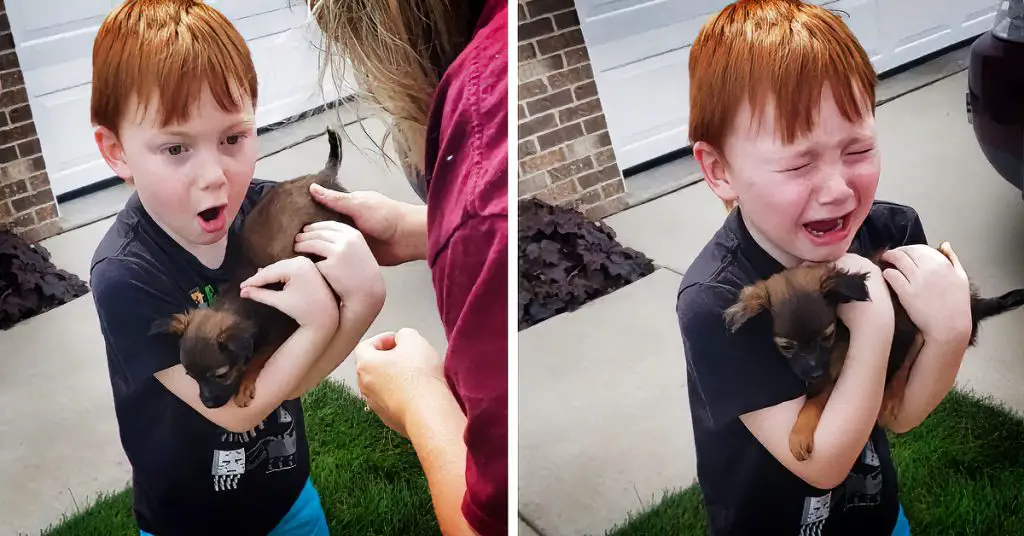 6-year-old Xander had been saving to get a puppy, but his grandma surprised him with an adopted puppy and he couldn’t contain his excitement. What ... Read more
6-year-old Xander had been saving to get a puppy, but his grandma surprised him with an adopted puppy and he couldn’t contain his excitement. What ... Read more3.
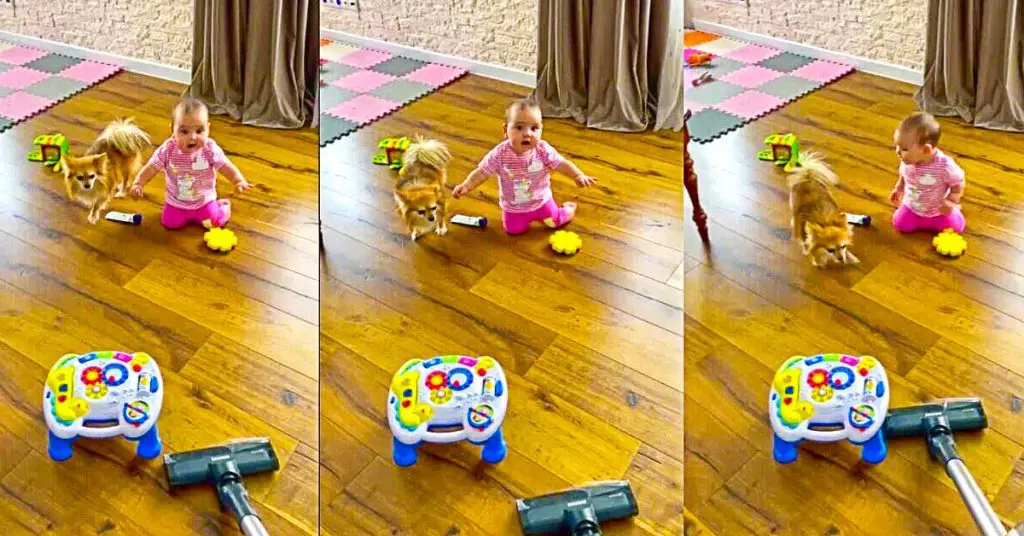 Watch this adorable baby as she helps the dog to bark away the vacuum cleaner. There is something incredibly cute about babies, especially when they ... Read more
Watch this adorable baby as she helps the dog to bark away the vacuum cleaner. There is something incredibly cute about babies, especially when they ... Read more4.
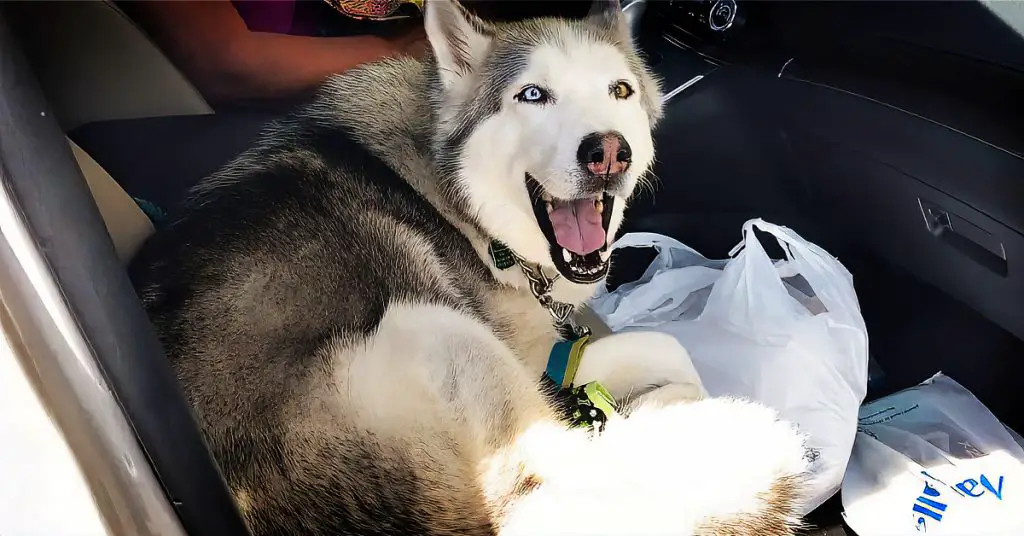 Zeus is guilty of throwing tantrums on many occasions, but this time in the car. I refuse to give up the front seat. It’s my ... Read more
Zeus is guilty of throwing tantrums on many occasions, but this time in the car. I refuse to give up the front seat. It’s my ... Read more5.
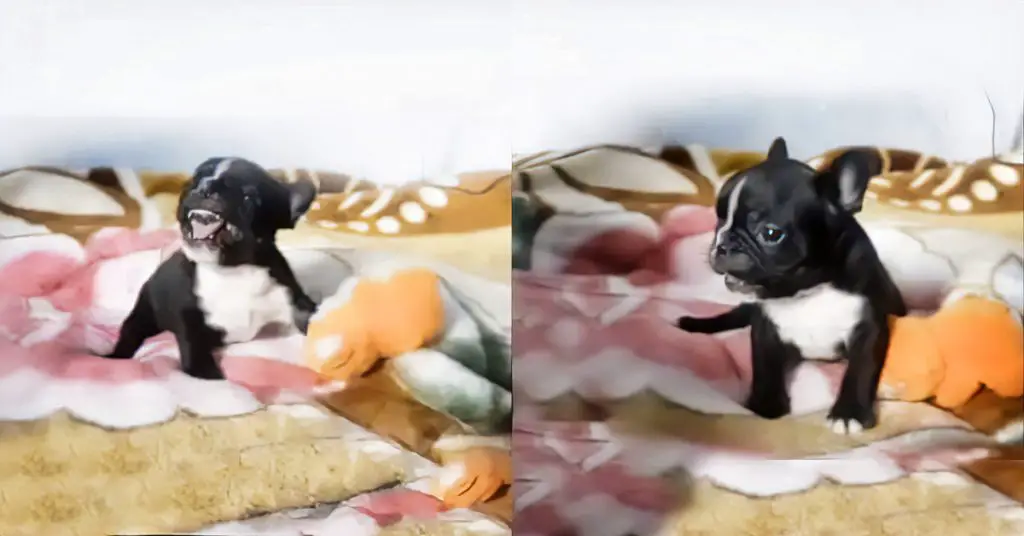 This little puppy is so cute but sounds like a velociraptor. I’m so cute that everyone who sees me falls instantly in love with me. ... Read more
This little puppy is so cute but sounds like a velociraptor. I’m so cute that everyone who sees me falls instantly in love with me. ... Read more6.
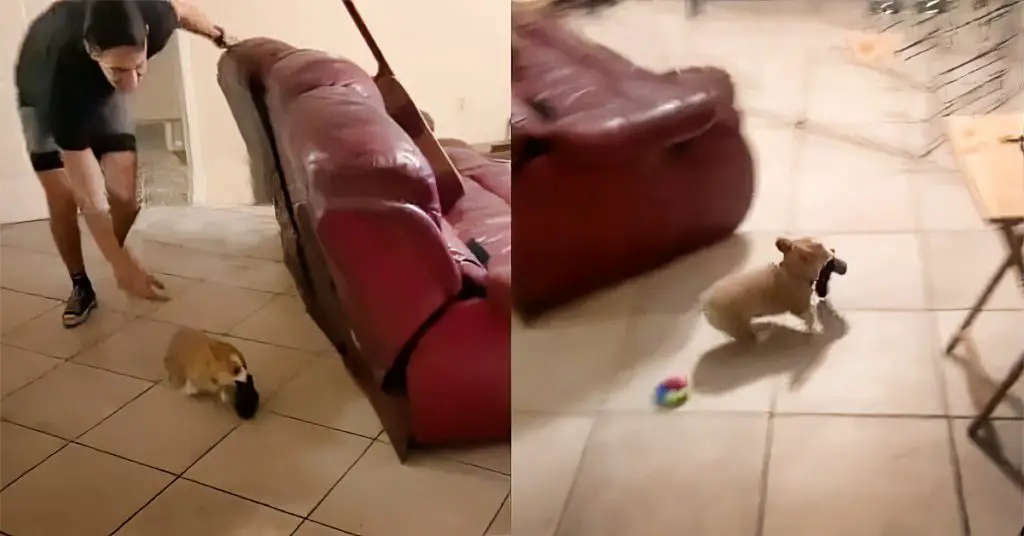 Winston the Corgi loves being chased by his human dad. He isn’t the fastest with his short legs, but his dad still plays along. I ... Read more
Winston the Corgi loves being chased by his human dad. He isn’t the fastest with his short legs, but his dad still plays along. I ... Read more7.
 This dog mom loves her dog, Walter, so much and gives him a happy life despite his rare genetic disorder. Walter the dog has a ... Read more
This dog mom loves her dog, Walter, so much and gives him a happy life despite his rare genetic disorder. Walter the dog has a ... Read more8.
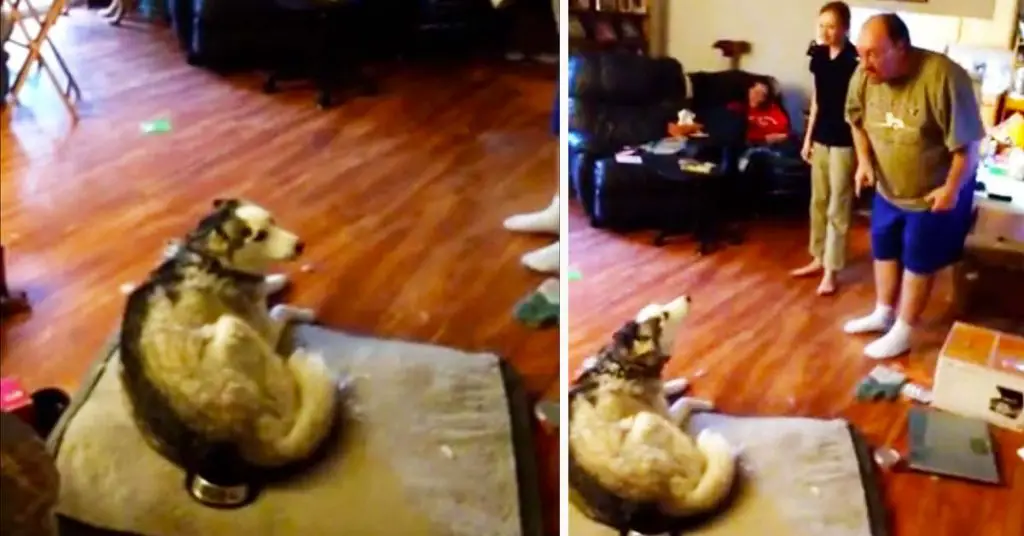 This dad had one of his potato skins stolen by the Husky and the dog argues back when told not to eat his stuff. Are ... Read more
This dad had one of his potato skins stolen by the Husky and the dog argues back when told not to eat his stuff. Are ... Read more9.
 This sweet Rotty wanted to make sure that the newest member of the pack was ok and came to nurture the newborn girl. Are Rottweilers ... Read more
This sweet Rotty wanted to make sure that the newest member of the pack was ok and came to nurture the newborn girl. Are Rottweilers ... Read more10.
 Jubilee is a Husky that was abandoned because of her unique look, but she has now found her furever home. Why does my dog have ... Read more
Jubilee is a Husky that was abandoned because of her unique look, but she has now found her furever home. Why does my dog have ... Read more
How to Train a Dog to Communicate by Shaking Their Head Yes or No: A Step-by-Step Guide
Understanding Canine Communication
In training a dog to communicate using head movements, one must firstly comprehend the natural ways dogs express themselves through their head positioning and movement.
Basics of Dog Head Movements
Dogs convey a multitude of emotions and responses through head movements. A head tilt, for instance, often signifies curiosity or confusion, trying to understand a new stimulus or sound. Dogs may also lower their heads when approached by a more dominant dog or human as a sign of submission. Recognizing these subtle cues is crucial in teaching them intentional movements such as nodding for ‘yes’ or shaking for ‘no’.
Interpreting Yes and No Signals
Yes Signal: A ‘yes’ response can be trained by associating a deliberate nodding movement of the head with a positive outcome, such as receiving a treat. This teaching method relies on the dog’s ability to mimic and understand consistent, repeated cues.
No Signal: Conversely, training a dog to communicate ‘no’ involves establishing a side-to-side head movement with a specific command or scenario. It’s important for the trainer to distinctly differentiate between the cues for ‘yes’ and ‘no’ to avoid confusion for the dog.
Training Fundamentals
Training a dog to communicate by shaking their head to indicate ‘yes’ or ‘no’ is a process that hinges on two core principles: a reliable reward system and a combination of patience and consistency throughout the training process.
Establishing a Reward System
An effective reward system is the cornerstone of dog training. The trainer should choose a motivator that is highly appealing to the dog, which could be treats, praise, or toys. It’s important to immediately reward the dog’s successful response to ensure they associate the correct behavior with the reward.
- Immediate Reward: Deliver the treat or praise instantly after the desired behavior.
- Variety of Rewards: Use different types of rewards to maintain the dog’s interest.
Consistency and Patience in Training
Training a dog requires consistent cues and responses from the trainer. All family members should use the same commands and rewards system to avoid confusing the dog.
- Clear Commands: Always use the same words or gestures for the desired behavior.
- Regular Sessions: Conduct short, frequent training sessions (5-10 minutes, 2-3 times a day).
- Patience: Understand that progress may be slow and will require perseverance.
By sticking to these training fundamentals, a trainer sets up a clear structure for the dog to follow, making the communication goals achievable.
Teaching Head Shaking for Yes and No
Training a dog to communicate by shaking their head for “yes” and “no” involves a sequence of patient training steps. Each step builds on positive reinforcement, introducing the movements associated with “yes” and “no,” and gradually asking more complex questions.
Introducing the Yes Movement
To introduce the “yes” movement, one can start by holding a treat close to their dog’s nose and then slowly move it in an up-and-down motion, encouraging the dog to follow with its head. One should reward any movement that resembles a nod with a click and a treat. This will reinforce the behavior, making the connection between the nod, the click, which signals correct behavior, and the reward.
Teaching the No Movement
For the “no” movement, the trainer might employ a similar method but with a side-to-side hand gesture, prompting the dog to follow with its head. As with teaching “yes,” clicking and treating the dog when it performs the correct side-to-side head shake strengthens the association between the gesture, the correct action, and the reward.
Increasing Complexity of Questions
Once a dog consistently performs the head shake for “yes” and “no,” it’s time to increase the complexity of questions. This can involve phrasing questions that require a “yes” or “no” response and using the hand signals to cue the appropriate response. Over time, one should fade out hand signals and ask questions without cues to ensure the dog is understanding the command, not just the visual signal.
Practice and Reinforcement
Consistent practice and reinforcement are crucial for maintaining the dog’s new skill. Intermittent rewards and regular sessions help solidify the behavior. Additionally, it is beneficial to practice in various environments and with different question complexities to ensure the dog’s responses are reliable.